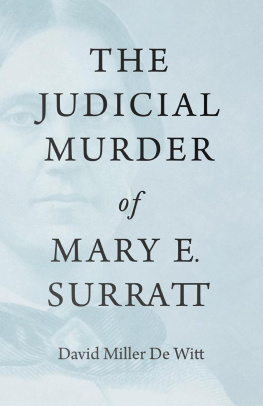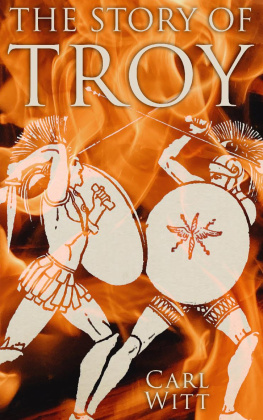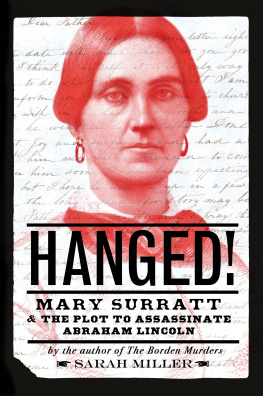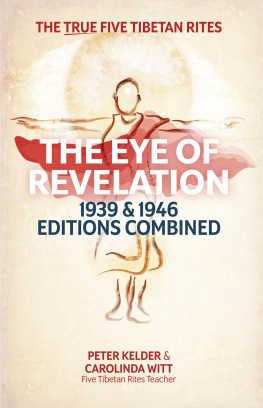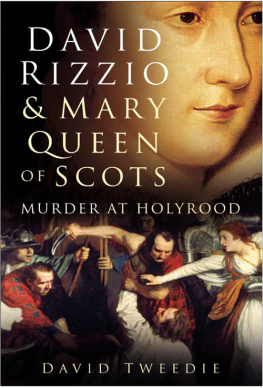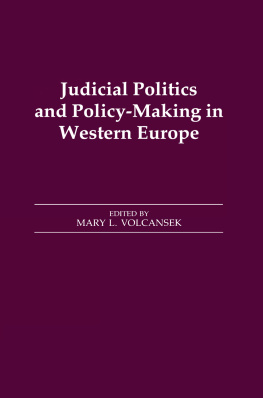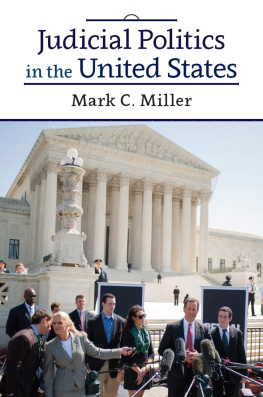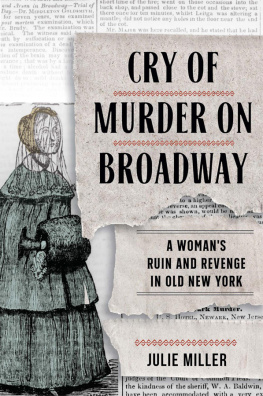Abraham Lincoln
16th President of the United States: born in a rude farm cabin near Hodgensville, Ky., 12 Feb. 1809; died in Washington, D. C, 15 April 1865. The birthplace is marked by a memorial structure dedicated on his hundredth a nniversary.
He was the first son and second child of Thomas Lincoln and Nancy Hanks, both born in Rockingham County, Va., of parents who were among the earliest emigrants to the new country beyond the mountains. They were married in Washington County, 12 June 1806, at the home of Richard Berry, guardian of the bride and husband of Lucy Shipley, her aunt. Thomas was not yet six when his father, Abraham, was killed by lurking Indians while he was at work on his farm. The estate, mostly of wild land, descended by the existing law to his eldest son. No account remains of the widow's subsequent life. Probably she did not long survive t he tragedy.
Thomas grew up utterly without education and apparently without a definite home. Principally occupied as a farm and forest laborer he acquired some knowledge of the tools and trade of a carpenter. For reasons not uncommon in the lives of families separated by distant migrations the President had little knowledge of his forbears beyond the paternal grandfather. Long after his death it transpired that the first American progenitor was Samuel Lincoln who came from England as a weaver's apprentice in 1637. Two elder brothers had previously settled at Hingham, Mass.; named after the English shire town of County Norwich, their ancestral home. Samuel joined them there after completing his apprenticeship at Salem. Neither of the brothers left issue, the name being perpetuated through Mordecai, son of the young weaver; Mordecai 2d, his grandson; John, a great-grandson who lived for a time in Berks County, Pa., removing to Virginia; Abraham, the Kentucky pioneer; and Thomas, fifth in the order of American birth. The pedigree has been further traced through four generations in England. In both the old home and the new the main and converging lines of heredity gave promise of family distinction should time and occasion propitiously meet. It was mistakenly believed for a time that Thomas and his wife were first cousins. She was the daughter of Joseph Hanks and Nancy Shipley (Nanny as named in the husband's will), who was a sister of Lucy Shipley, wife of Richard Berry before mentioned. Another sister, Mary by name, had married Abraham Lincoln the elder, and it was assumed that she was the mother of all his children. In fact, however, Mary Shipley died prior to the Kentucky migration and was succeeded by Bathsheba Herring, daughter of Leonard Herring, a Virginian of English parentage. Thomas was the son and only child of this second marriage and therefore unrelated by blood to Nancy his wife. It is worthy of passing mention that still another of the Shipley sisters was married to Thomas Sparrow and went with him to the Kentucky wilderness. Through the marriage of their daughter with one Charles Friend she became the grandmother of Dennis Friend who somehow came to be known as Dennis Hanks; and was no credit to either name. The irresponsible chatter of this waif did much to mislead the biographers both as to the story of Lincoln's youth and the Hanks genealogy. (Consult Lea and Hutchinson, The Ancestry of Abraham Lincoln, Bo ston 1909).
The first home of Thomas and his wife was at Elizabethtown, Ky., where he pursued his trade as carpenter. Two adventures in farming ensued, the first on the Nolin Creek place where their famous son was born. A second son, also born there, lived but a few weeks. Upon neither farm apparently were payments made sufficient to create a salable interest. In 1817, several related families accompanying them, they moved to Indiana, settling on a wooded tract near Gentryville in Spencer County; so named after the keeper of a cross-roads store. A railroad junction point called Lincoln City occupies a part of the chosen homestead. In October of the following year a mysterious epidemic swept the district, Mrs. Lincoln being one of many victims. During the next 14 months, the daughter, but two years older than Abraham, kept house for the sorrowing family. On 2 Dec. 1819, Thomas took another wife from Kentucky, Sarah Johnston (ne Bush), a widow with three children residing at Elizabethtown. Her advent greatly improved the family circumstances, for besides household conveniences such as the children had never known she brought a kind and cheerful nature. Among other benefits conferred she encouraged the boy in studies, which his father regarded as a form of idleness. Less than a year of school attendance is all that fell to his lot, but with this meagre help he learned to read and write and to cipher to the rule of three. Luckily there were a few good books within reach, all of which he eagerly read. He remembered well, thought much and diligently exercised the knowledge gained. In other respects he was a boy among boys, loving fun and not enamored of manual toil. He was made to work at home or on the neighboring farms, clerked at odd times in Gentry's store and at the age of 19 accompanied the son of that worthy on a flat-boat trip to New Orleans, trading along the way and returning by river packet. On that memorable venture he first came into conscious contact with slavery, witnessing, it is said, an auction sale of negroes and vowing that if ever the opportunity came to hit that system he would hi t it hard.



